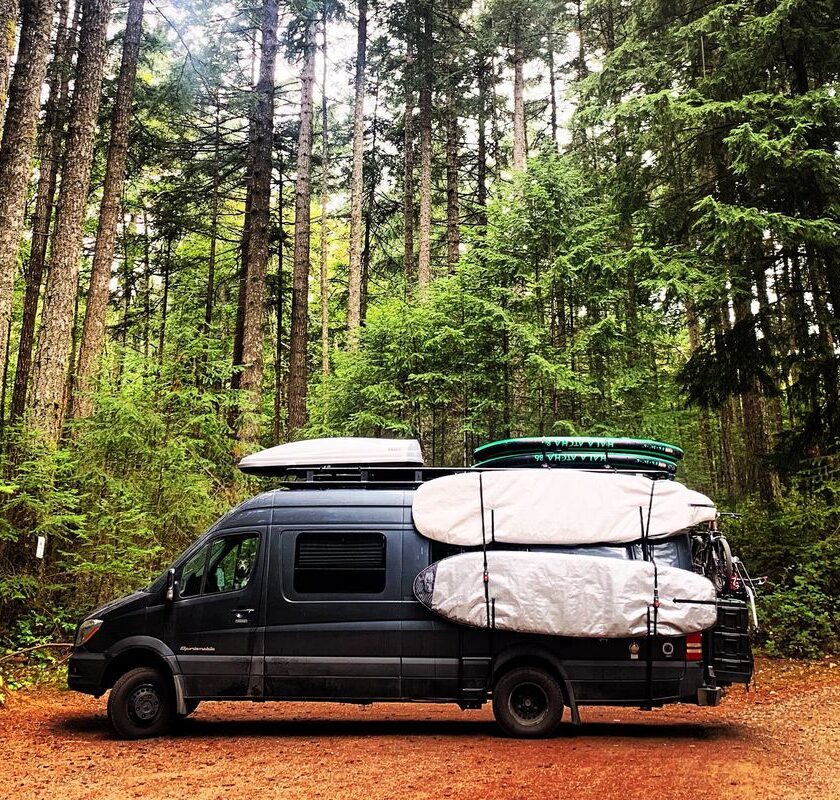Overlanding is a relatively new phenomenon in the United States (Not counting the American spread out west in wagons). In essence, overlanding is a fusion of camping and off-roading, combining elements of each to form a distinct automotive/outdoor hobby. While it may be new to Americans, overlanding has been popular on other continents for over a century.
Overlanding is self-reliant overland travel to remote destinations where the journey is the principal goal. Typically, but not exclusively, it is accomplished with mechanized off-road capable transport (from bicycles to trucks) where the principal form of lodging is camping, often lasting for extended lengths of time (months to years) and spanning international boundaries.
Historically, “overlanding” is an Australian term to denote the droving of livestock over very long distances to open up new country or to take livestock to market far from grazing grounds.[1] Between 1906 and 1910 Alfred Canning opened up the Canning Stock Route.[2] In Australia overlanding was inspired to a large degree by Len Beadell who, in the 1940s and 1950s, constructed many of the roads that opened up the Australian Outback.[3] Those roads are still used today by Australian overlanders and still hold the names Len gave them; the Gunbarrel Highway, the Connie Sue Highway (named after his daughter), and the Anne Beadell Highway (named after his wife).
Overlanding in its most modern form with the use of mechanized transport began in the middle of the last century with the advent of commercially available four-wheel-drive trucks (Mercedes-Benz G-Class‘s, Unimog, Jeeps and Land Rovers). Nonetheless, there were a few earlier pioneers travelling in remarkably unsophisticated vehicles.
In the early 1920s, John Weston and family travelled from Britain to Greece and back in a converted US built Commerce one ton truck with a Continental N engine. At the time, the Weston family was based in Europe but returned to South Africa, their homeland, in 1924, taking the vehicle with them. In 1931, the family set out in the same truck from the south-western tip of Africa and drove to Cairo and on to Britain. Not only is this story well-documented but remarkably the vehicle is still extant. In 1975, following renovation, it featured in the International Veteran and Vintage Car Rally from Durban to Cape Town and was then donated to the Winterton Museum, KwaZulu Natal, South Africa, where it can be seen today.[4]
In 1949, with the Land Rover brand less than a year old, Colonel Leblanc drove his brand new 80-inch Series I Land Rover from the United Kingdom to Abyssinia.[5]
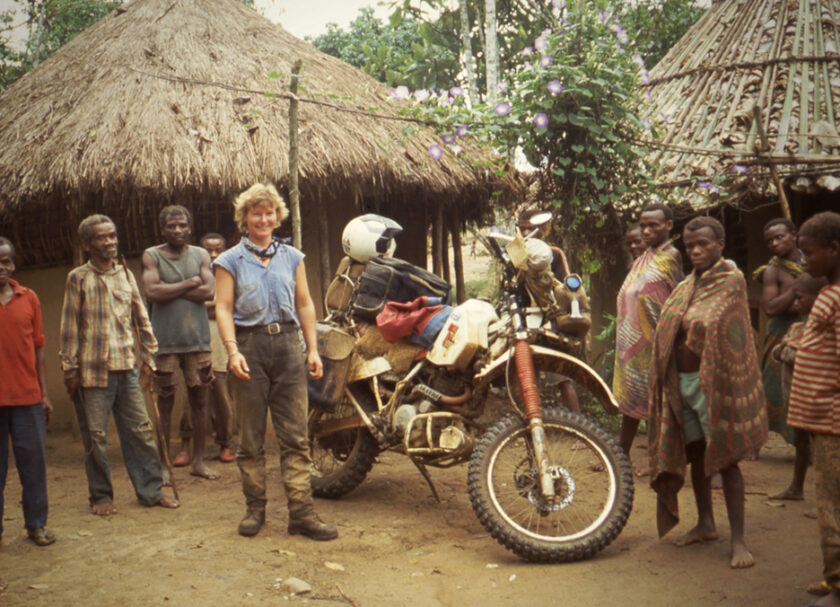
There followed many more private journeys, with many groups setting out from Europe for remote African destinations. To aid in these endeavors the Automobile Association of South Africa published a guide titled Trans-African Highways, A Route Book of the Main Trunk Roads in Africa.[6] The first edition appeared in 1949 and included sections on choice of vehicle, choice of starting time, petrol supplies, water, provisions, equipment, rules of the road, government officials and rest houses. The serious tone of this book gives some clue as to the magnitude of such a trip, and it was from these beginnings that overlanding developed in Europe and Africa. Notable early examples include Barbara Toy‘s solo overland journeys in a Land Rover, including one in 1951-2 from Tangier to Baghdad, and the 1955-6 Oxford and Cambridge Far Eastern Expedition, which travelled overland from London to Singapore, also in Land Rovers.
One of the most well documented overland journeys was by Horatio Nelson Jackson in 1903. In 1954, Helen and Frank Schreider drove and sailed the length of the Americas from Circle, Alaska on the Arctic Circle to Ushuaia, Tierra del Fuego in a sea-going ex-army jeep.[7]
In 2015 the Overlanding Association was created to provide help, support and information to overlanders. To date they have lobbied the European commission and the FIA to improve the rights of Carnet users in Europe.[8]
Modern overlanding
Overlanding has increased in the past couple of decades, and is getting ever more popular in large part influenced by the Camel Trophy event run from 1980 to 2000 with routes crossing some intensely difficult terrain. It is now quite common for groups of overlanders to organize meetings, and an annual meeting is held every Christmas at Ushuaia. Through the use of the Internet it is much easier to find the information required for extended overland trips in foreign lands and there are several internet forums where travelers can exchange information and tips as well as coordinate planning. While some commercially built overland capable vehicles are produced,[9] many overlanders consider the preparation of their vehicle a paramount part of the experience. The U.S., South Africa and Australia have significant industries based on making accessories for overland travel.

Overland Routes | The Texas Hill Country
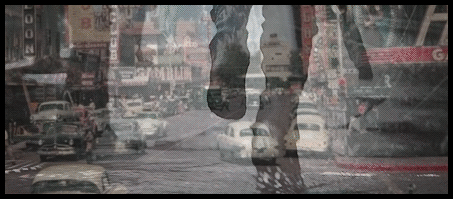

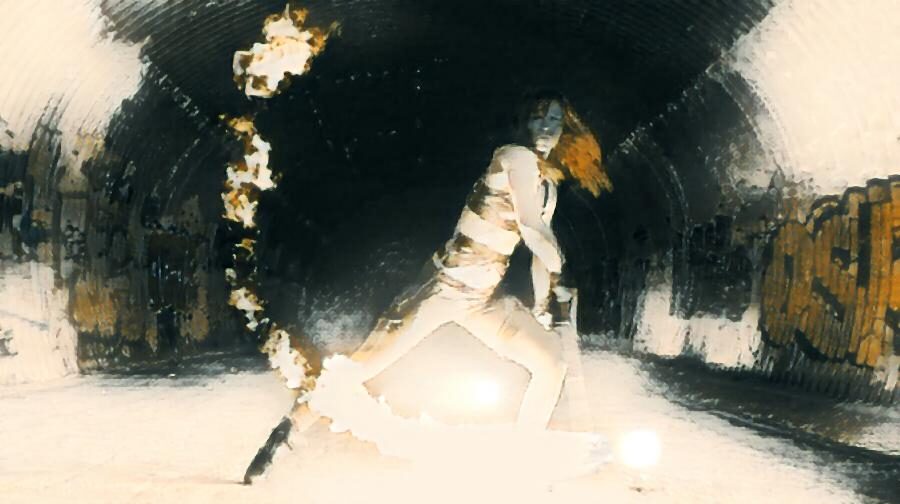
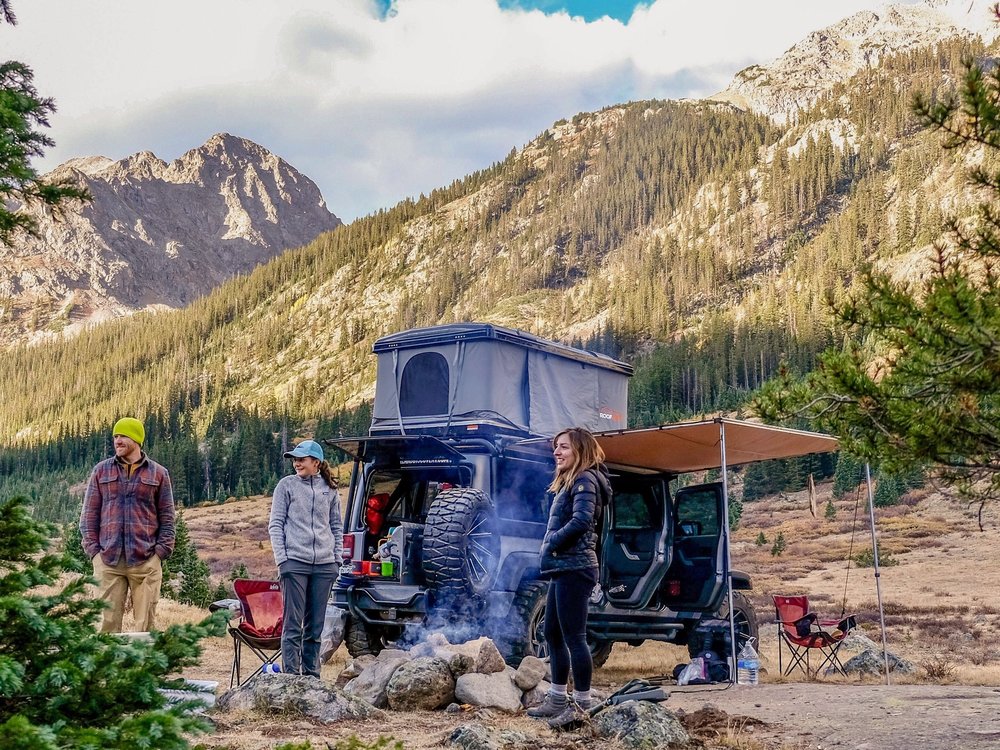


















 . A church...
. A church...
